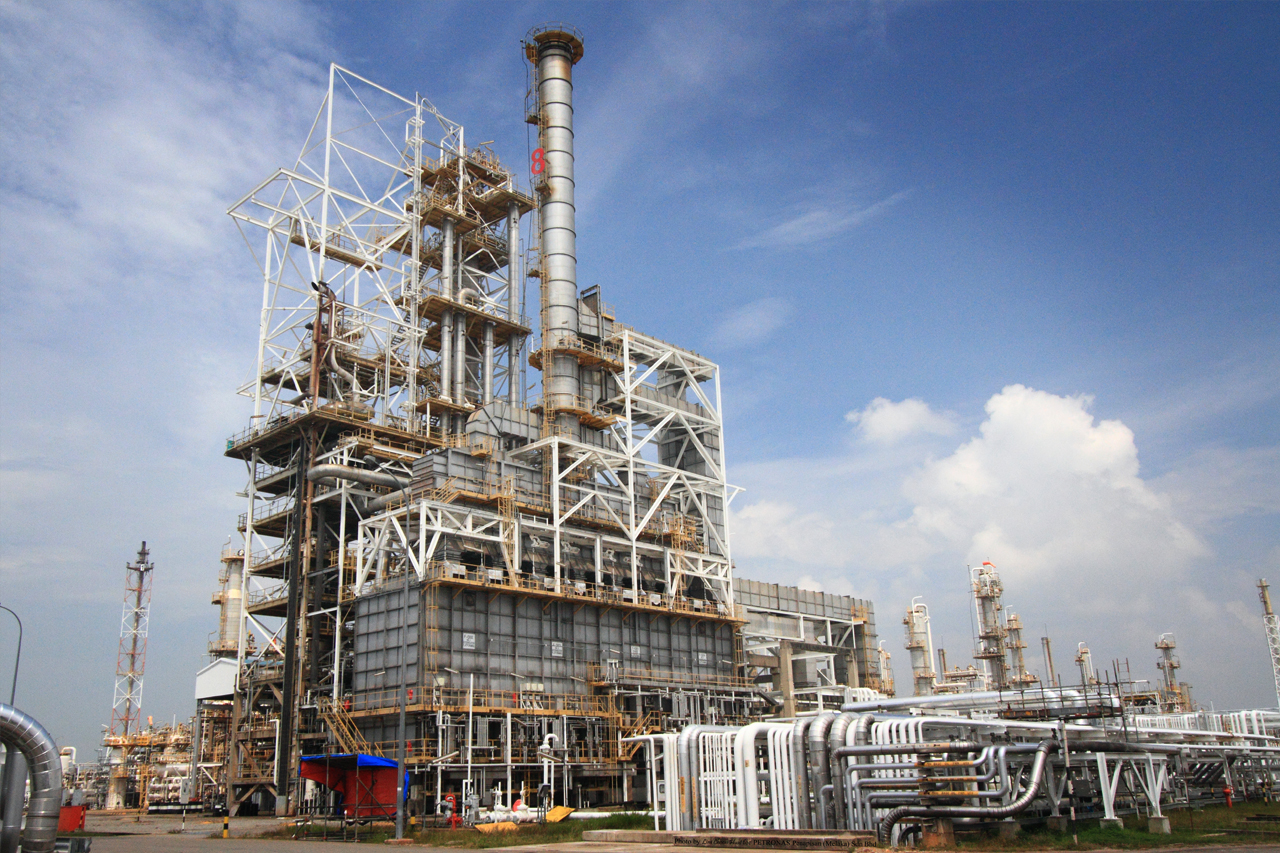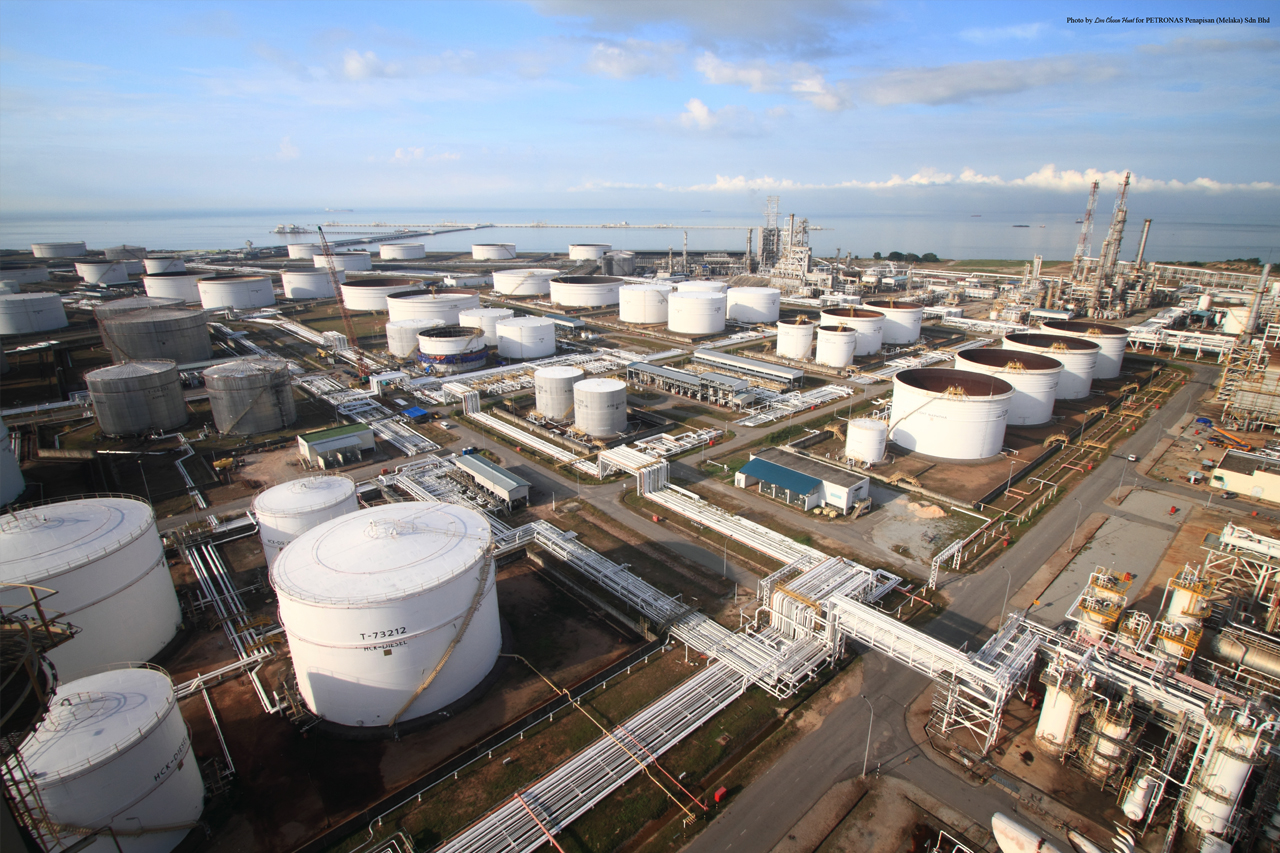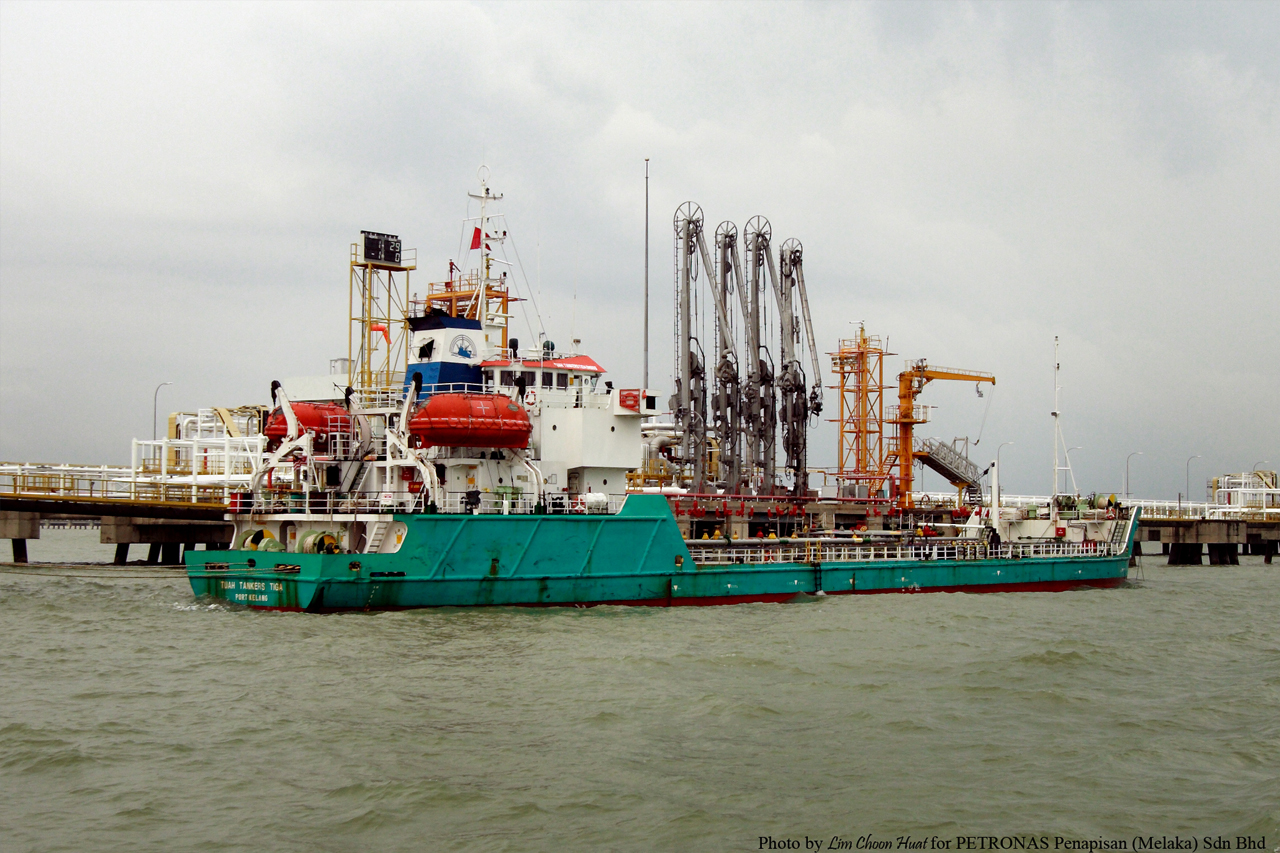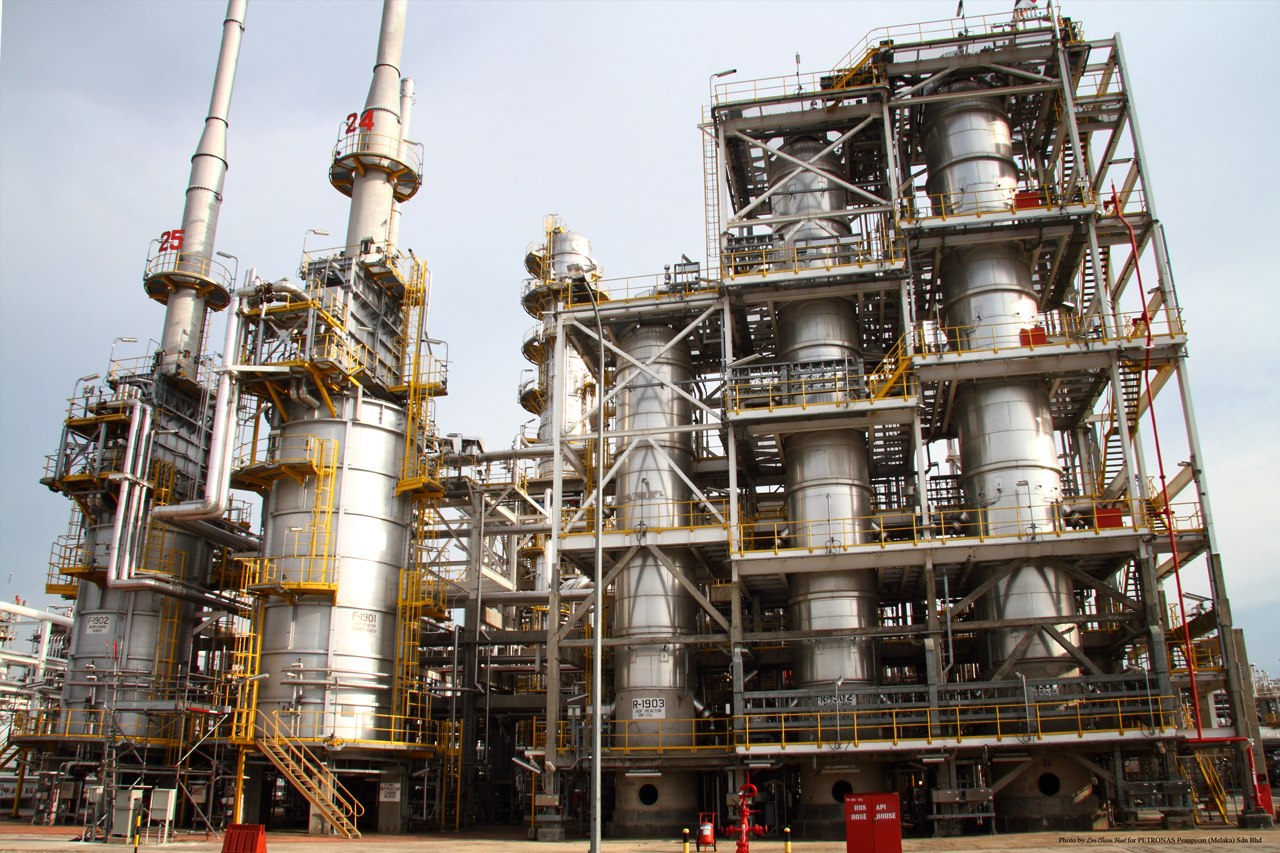Petroleum Nasional Berhad, in short Petronas, has introduced the new Primax 97 with improved Advanced Energy Formula. The introduction of the Euro 4M fuel standard effectively replaces the Euro 2M standard which was introduced in 2009.
The key difference between Euro 2M and Euro 4M fuels is that the sulphur content, benzene and Reid Vapour Pressure (RVP) levels in Euro 4M fuels are significantly lower, which results in less emissions and less air pollutants.
Compared to its competitors, the Petronas Primax 97 with improved Energy Formula comes with a new chemistry which offers better driveability which reduces cylinder wall friction, thus resulting in a smoother drive. Apart from that, the new petrol also removes and prevents the buildup of harmful deposits, thanks to its low sulphur content. Thirdly, thanks to Petronas’s partnership with the Mercedes-AMG Petronas Formula One team, the new fuel is able to provide better combustion with technology of the winning formula.
Petronas has fueled the Mercedes-AMG Petronas Formula One team to win the the 2014 Formula One Constructors Championship and leading the World Championships in 11 out of 14 races to date. The winning formula has found its way to Petronas pumps nationwide with RON97 pumps for road users to experience smoother acceleration.
Members of the media were recently invited to visit Petronas’ Melaka refinery to better understand the process behind the production of Euro 4M RON97 fuels. Petronas is also preparing their plant to roll out Euro 4M RON95 fuels from 1 October 2018 onwards. Why not Euro 5 directly? Well, it was not as simple as that, as that would not be in line with the National Automotive Policy, which mandates that Euro 5 RON95 and RON97 will only be available in 2025.
Prior to introducing a new fuel grade, the fuel lines and storage tanks have to be flushed 6 months earlier, to make sure that the end users get the best quality fuels.
Petronas has a production facility in Sungai Udang, Melaka, which produces roughly 308,000 barrels of fuels a day. The Petronas facility in Melaka is the biggest in the country, boasting an area of 926 acres. Petronas Penapisan (Melaka) Sdn Bhd operates PSR-1 and PSR-2, the former to produce sweet crudes while the latter is responsible for sour crudes. The end products come in the form of petrol, diesel, lubricants, jet fuel and liquefied petroleum gas (LPG).
Photo credit: Petronas
Other posts by AF Newsdesk











